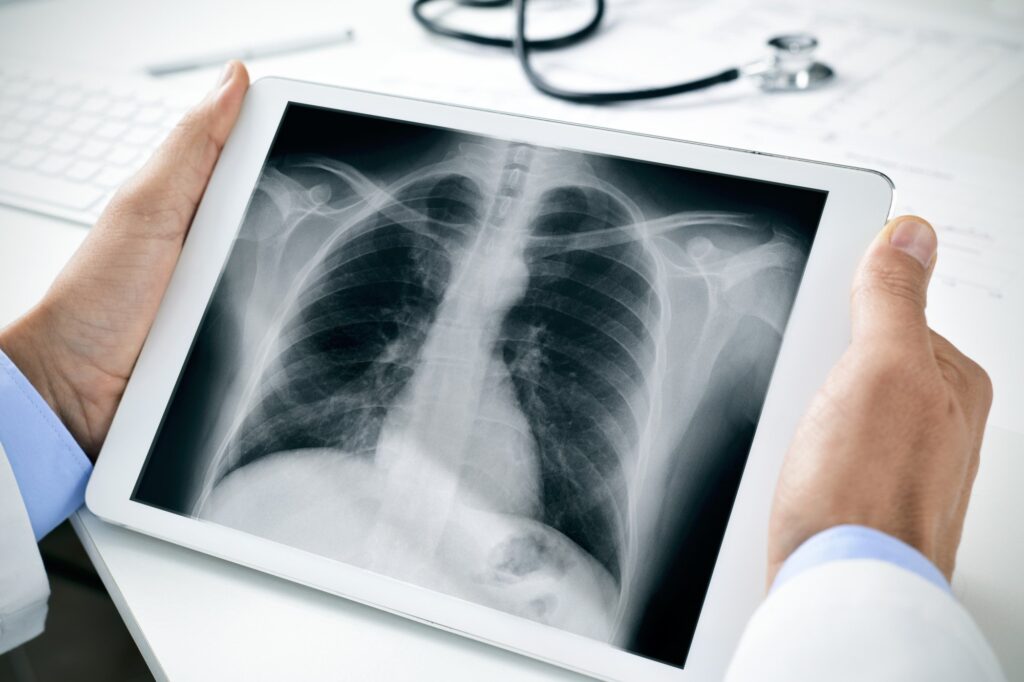If you’ve spent any amount of time getting x-rays, then you know just how tedious it is.
Especially when you’re hurting.
In order to get a comprehensive overview of your condition, you typically need to have several images done from many different angles.
But with digital x-rays, that is no longer the case.
How Digital X-Rays Work
A digital x-ray system utilizes a combination of software and hardware to provide detailed images.
The system’s sensors immediately process pictures and transmit them to a monitor in a matter of seconds. This gives the doctor a quick and clear idea of what is happening in the patient’s body.
Digital x-rays have many advantages over traditional x-rays:
1. Easy Access and Storage
Traditional x-rays require film and processing. And radiologists have to keep track of how many images they’ve taken for storage purposes.
But with digital x-rays, this isn’t necessary. Since images are immediately transferred to a hard drive, the storage space is far more vast.
And unlike with film, digital images are not subject to degradation over time. So the images remain crisp and clear well into the future.
Plus, the images are easily transmitted to other medical professionals – which could greatly reduce the need for patients to undergo additional x-rays from another medical professional later.
2. More Cost Effective
Without the need for film and the chemicals used to process images, there are clear cost savings. And the space designated for the darkroom can be converted for other purposes.
An added bonus? Medical professionals have no exposure to fumes and handling harmful chemicals.
3. Higher Quality Images
An image captured through a digital x-ray can be immediately enlarged. This enables those who read the images to see bone and/or soft tissue in a single exposure.
And resizing images does not distort or degrade the quality of the image.
With this ability to resize images as needed, doctors are able to catch potential issues that would be too hard to see on traditional x-rays.
4. Less Radiation
Those bulky lead aprons and blankets needed for traditional x-rays can stay in the closet.
Even though the amount of radiation that results from traditional x-rays is considered safe, that amount is drastically cut with digital x-ray imaging.
And since fewer images are needed, that means even less radiation exposure.
5. Improved Communication
For the patient, healing and recovery come much faster when there is clear communication with the doctor.
Vastly improved communication is a natural by-product of using digital x-rays.
Because if the doctor finds something significant, he or she can quickly provide the patient with a clear explanation of the problem AND the solution.
And they also give the patient a better understanding of their own inner workings. So in essence, they improve communications with their own bodies too.
Do You Need X-Rays?
If you’re dealing with an injury or illness that isn’t healing, it might be time for digital x-rays. They’ll help you get a clearer picture of what is happening inside your body.
Contact us today to get the medical attention you need. We’re happy to answer any questions you might have.




